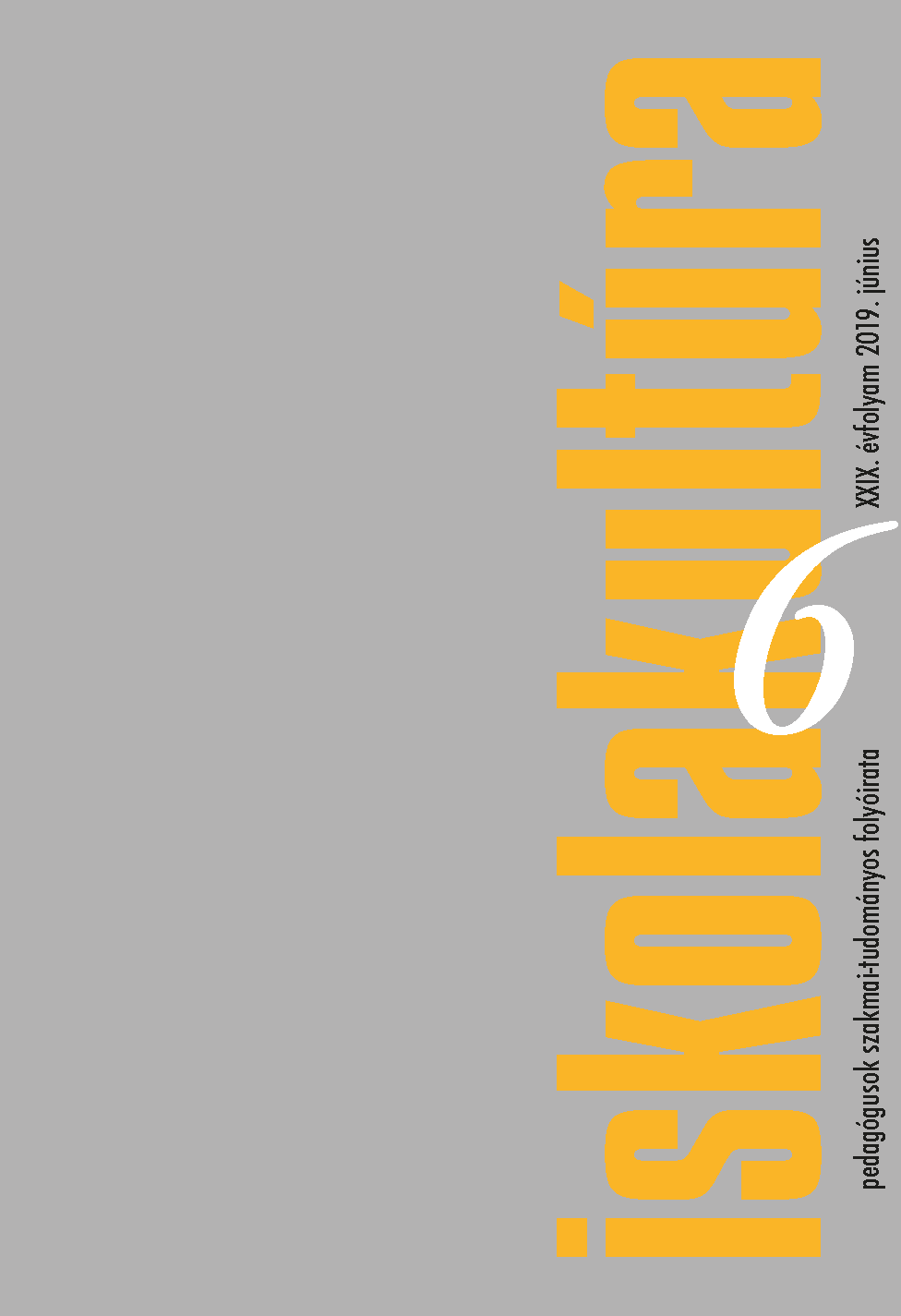Gender differences of social problem solving among high-school and university students
Main Article Content
Abstract
The aim of our longitudinal research was to study the gender-related characteristics and differences of social problem solving among 9th–10th grade high school students and 1st–2nd year university students. Besides these differences we analyzed the age characteristics and the changes of social problem solving with age. We administered the SPSI–R (Social Problem-Solving Inventory–Revised, D’Zurilla et al., 2004; Kasik et al., 2009) and the NEGORI (Negative problem orientation, Kasik et al., 2018) questionnaires. Both questionnaires had good reliability in all subsamples in this research. The age-related changes of social problem solving show a similar pattern to previous Hungarian and international studies. The negative orientation and avoidance increased among high school students, while there was no significant change for the university students. A more detailed analysis of negative orientation (with NEGORI) show confirmed the pattern of SPSI–R among high school students, but not among the university students. According to our results, we found more gender-related differences among high school students, than among university students. Further analysis is required in order to verify the impact of environment on these age and gender-related differences.

